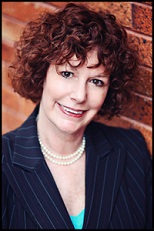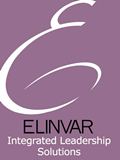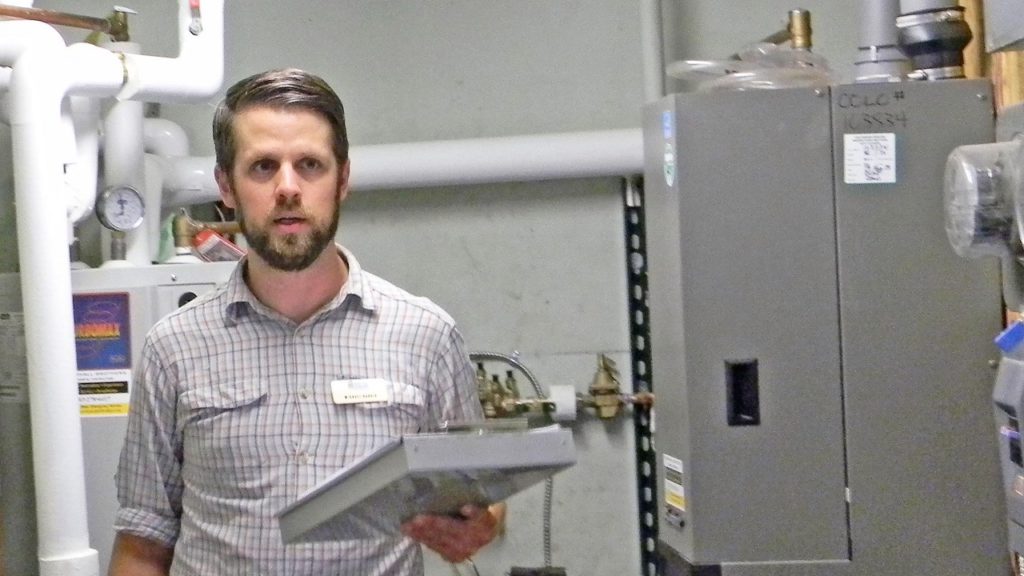 Special to the Philanthropy Journal
Special to the Philanthropy Journal
By Patti Gillenwater
All funders are anxious to know that they are making the right investments when they make a contribution to a nonprofit. Chuck ReCorr, a philanthropist in Raleigh, NC, hit on a unique idea that he thought would have the maximum impact in his community and is about 5 years into his experiment. We thought this would be a great time to check in and see what results he was seeing from his investment.
For the sake of context, you should know that Chuck is a professional investment advisor who believes strongly that strong boards result in better outcomes in the for profit business sector. His passion for good governance led him to his first venture into the nonprofit sector which was to establish a robust chapter of the National Association of Corporate Directors. The purpose of this organization is to teach directors how to be effective in carrying out their duties.
 With this perspective, Chuck decided that rather than writing a check for general operating funds to his favorite charities, he wanted to invest in their board leadership. He searched for board training programs that would require the attendees to leave town (to reduce distractions and foster relationships among the cohort) and selected Harvard’s Governing for Nonprofit Excellence 4-day program.
With this perspective, Chuck decided that rather than writing a check for general operating funds to his favorite charities, he wanted to invest in their board leadership. He searched for board training programs that would require the attendees to leave town (to reduce distractions and foster relationships among the cohort) and selected Harvard’s Governing for Nonprofit Excellence 4-day program.
To find participants, Chuck started calling nonprofit leaders in the Raleigh area and asking them if they would accept a scholarship to go to Harvard on behalf of the nonprofit they were chairing. His offer was met with skepticism by some, indifference by some and a request for a direct donation by many. Happily, he did find leaders with a sincere interest and appreciation for the opportunity and the program was launched.
This is what he does:
- Send a group of 7 or 8 leaders that serve as the Chair or Vice Chair of a nonprofit to the fall program on governance.
- When they return, if they feel confident in the leadership of their executive director, that leader is sent to a spring program on metrics for nonprofits.
- Note that Raleigh area participants comprise 12 – 15% of each class which draws leaders from around the world.
What has happened so far?
Approximately 60 participants have completed the courses to date. The Harvard 100 was born! Chuck’s commitment to send 100 nonprofit leaders to Harvard inspired the name for the group of participants that have formed a community of shared experience and passion for good governance. The group gathers a few times a year to share their post-Harvard experiences, hear speakers that visit from Harvard, and work to maximize the impact of what they learned to benefit nonprofit leadership across the community.
Chuck recently asked for financial metrics to determine the ROI on his investment. Happily, an average of $160,000 positive impact for each nonprofit served with this $10,000 investment was reported. This number did not include two outliers that were in excess of $1 million. Leadership matters!
In addition to the financial impacts achieved, there is also evidence of a growing shift in the nonprofit community in the Triangle. Board leaders are continuing to work toward improved governance. You cannot un-know what you know and none of these board leaders will look at board governance in the same way again. Their new knowledge is driving a more focused effort on selecting board members and holding them accountable for taking their roles seriously. As they go on to serve many other nonprofits over the course of their volunteer career, they will bring the wisdom, insight and knowledge gained, with them, wherever they go.
Another powerful result is that the cohort of leaders that have this shared experience have developed relationships that are leading to increased cooperation and collaboration. This has included bringing funders and operating nonprofits together in healthy and productive ways as well as connecting agencies that provide different services to the same clients. While it takes time to develop effective, educated and engaged boards, every step forward reaps short term benefits while building for long term impact.
What has not happened?
Change is slow. Many leaders who participated can point to immediate changes they implemented as a result of their Harvard experience. Others can also site examples of how difficult it can be for one board member, even the chair, to create sustainable changes in their board. Some fantasize about the day that multiple alumni can serve together on the same board and see what they can accomplish with a shared vision for excellence in governance.
An outcome that Chuck hoped for was that he would see these nonprofits begin investing in leadership development for their other board leaders. So far this has not occurred.
Implications for other communities
Board education and collaborations at the board level in any community can happen with an intentional effort. Work to educate board leadership and create “cross pollination” among boards of nonprofits and local funders and you will bring focus, efficiency, and better results for all who participate.
Patti Gillenwater is CEO of Elinvar. Elinvar is a retained search and leadership development firm that specializes in serving mission driven organizations.






